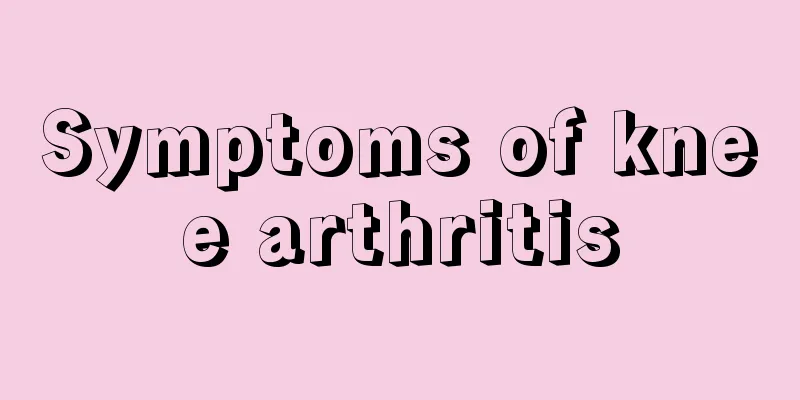The structure and function of the stomach

|
People are not very clear about the structure and function of their gastrointestinal tract, so they don’t know what causes their stomach pain. Therefore, they must understand the structure of their gastrointestinal tract. Once discomfort occurs, they must make accurate judgments and go to the hospital for relevant examinations in time, so that they can effectively relieve the symptoms. The shape of the stomach[8] is related to the body shape of the animal: fish, tailed amphibians and snakes have slender bodies, so their stomachs are spindle-shaped; mammals have short and thick bodies, so their stomachs are bag-shaped and lie horizontally in the abdominal cavity. In addition, the morphology and structure of the stomach may change due to the need to store food, the nature of food, and the frequency of eating. In primates, most carnivores, and many insectivores, the stomach is often a single-chambered organ with the front end connected to the esophagus called the cardia and the back end connected to the duodenum called the pylorus. The part of the stomach near the cardia is called the cardia, the part near the pylorus is called the pyloric part or pyloric antrum, and the part between the two is called the gastric body. In ruminants (cattle, goats, and sheep) the stomach is divided into four chambers, the rumen, reticulum, omasum, and abomasum (see rumen). In birds the esophagus enlarges into a crop at the level of the clavicle. The crop has a thin wall and its inner surface is covered by stratified squamous epithelium. Digestive enzymes secreted by the esophagus and salivary glands are present in the crop. The crop has a function similar to that of a stomach and can store food and perform preliminary digestion of food. There are generally three types of gastric glands: cardiac glands, pyloric glands and oxyntic glands. The first two are distributed in the cardia and pylorus areas respectively, and both secrete mucus. The acid-secreting glands are mainly found in the mucosa of the gastric body and fundus. They are straight duct glands. The lumens of about 3 to 7 glands discharge into a small pit on the surface of the gastric mucosa. There are about 90 to 100 small pits per square millimeter of mucosa. There are three types of cells in the oxyntic glands, namely chief cells, parietal cells and mucous cells. In addition to secreting water and inorganic salts, each cell has its own special secretions: chief cells secrete pepsinogen, parietal cells secrete hydrochloric acid and intrinsic factor, and mucous cells secrete mucus. The stomach is innervated by both sympathetic and parasympathetic nerves. The sympathetic nerves come from the celiac ganglion, the parasympathetic nerves are the vagus nerves, and the stomach is rich in blood vessels and lymphatic vessels. |
<<: The relationship between stomach and heart
>>: The morphology and distribution of the stomach
Recommend
What is the scientific diagnosis method for tongue cancer?
What is the scientific diagnosis method for tongu...
What does a cinnabar nevus look like
As the name suggests, cinnabar nevus is red in co...
How to clean an air cushion comb
A comb is a must-have item in our lives, especial...
Calories in a box of yogurt
Good living habits are very important to a person...
Principles of surgical treatment of renal cancer
Renal cancer is the most common renal solid tumor...
An introduction to the common complications of esophageal cancer in clinical practice
Patients with esophageal cancer must receive earl...
Can white hair turn black?
Whether the graying of hair is caused by some phy...
Secret History of the Harem: How did the Emperor’s favorite concubine enlarge her breasts?
Breast augmentation is not exclusive to modern wo...
What are the symptoms of brain cancer metastasis?
Common symptoms of lung cancer brain metastasis i...
What causes pretibial skin cancer
Pretibial skin cancer is a type of skin cancer th...
What should I do if the cage antibody in lung cancer test is too high?
What should I do if the cage antibody test result...
Weak urination, try these methods
Weak urination is mostly a symptom caused by urin...
Which symptoms are most common among lung cancer patients? 3 common lung cancer symptoms
The early symptoms of lung cancer are generally a...
What to do if forehead is too prominent
The appearance of the head is basically fixed six...
Advantages of Chinese medicine in treating lymphoma
Traditional Chinese medicine plays a very importa...









